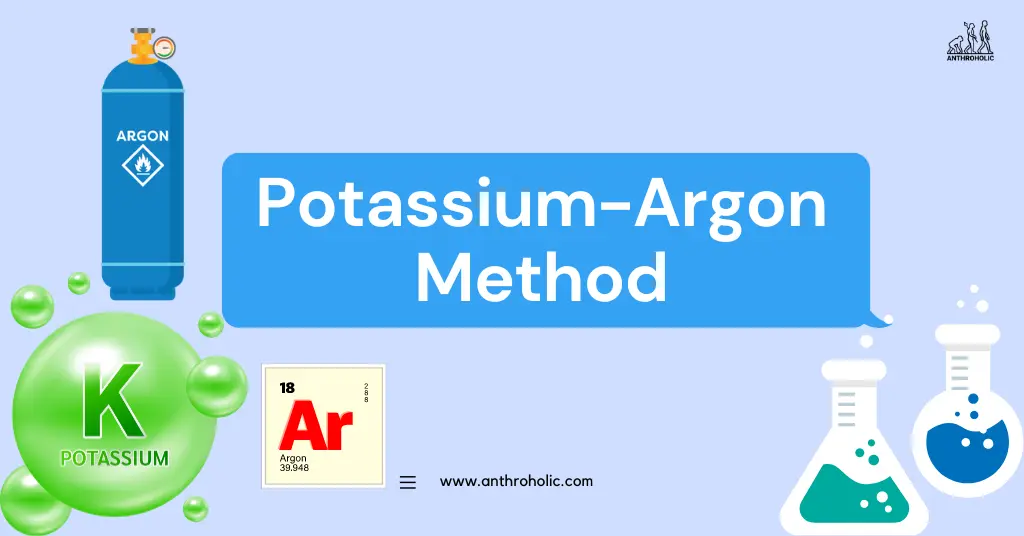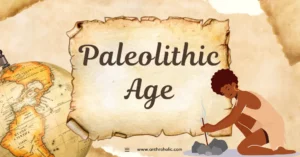AI Answer Evaluation Platform Live Now. Try Free Answer Evaluation Now
Potassium-Agron Dating Method
A fascinating component of archeology lies in the effort to determine the age of artifacts, fossils, and geologic formations. One such method utilized in this quest for chronological clarity is the Potassium-Argon dating method (K-Ar), a radiometric technique leveraging the decay of potassium-40 to argon-40 [1]. The K-Ar method has been instrumental in providing archeologists with reliable age estimates, particularly in dating volcanic rocks and ashes, which are often found near archeological sites [2].

The Science Behind K-Ar Dating
The K-Ar dating method is based on the principles of radioactive decay. In essence, it measures the product (argon-40) of the radioactive decay of the parent isotope (potassium-40) [3]. Here are the essential steps:
- Potassium Decay: Potassium-40 decays into two potential daughter products: calcium-40 and argon-40. Approximately 89% decays to calcium-40, and about 11% decays to argon-40.
- Trapped Argon: When molten rock cools, it forms a “closed system” where no new atoms can get in or out. Any argon-40 formed in the rocks or mineral crystals remains trapped within the structure.
- Measuring Ages: By comparing the ratio of potassium-40 to argon-40, the time since the rock last cooled can be determined.
Key Advantages of the K-Ar Method
The K-Ar method offers several advantages in archeological dating:
- Large Time Scale: It is effective for dating extremely old geological materials, due to the long half-life of potassium-40 (1.3 billion years).
- Abundance of Potassium: Potassium is a common element found in many materials, such as micas, clay minerals, tephra, and evaporites, offering a broad range of dating opportunities.
- Dating Volcanic Rock: K-Ar dating is particularly useful in dating volcanic rocks, which often lie near or under archeological sites [4].
Limitations of the K-Ar Method
Despite its numerous benefits, the K-Ar method has certain limitations:
- Radiogenic Argon Loss: High temperatures can cause the loss of accumulated argon-40, resetting the “radioactive clock” and leading to underestimated dates.
- Excess Argon: Older rocks often contain excess argon-40, which can cause overestimated ages.
- Large Sample Size: K-Ar dating often requires a significant amount of sample, which may not be feasible in every situation.
Significance in Archaeological Studies
Despite these limitations, K-Ar dating has played a crucial role in many notable archeological discoveries:
- Olduvai Gorge, Tanzania: K-Ar dating was used to establish the age of the oldest known specimens of our ancestors, Homo habilis, at Olduvai Gorge, dating to around 1.9 million years.
- Mount Vesuvius, Italy: The method was instrumental in dating the volcanic eruption of Mount Vesuvius in 79 AD, providing a benchmark for Roman artifacts.
| Archaeological Site | Age (Years) | Artifact/Finding |
|---|---|---|
| Olduvai Gorge, Tanzania | ~1.9 million | Homo habilis |
| Mount Vesuvius, Italy | 79 AD | Volcanic eruption |
Conclusion
The Potassium-Argon dating method remains a vital tool in archeological studies, offering the ability to date extremely old geological materials with a reasonable degree of accuracy. As technology continues to evolve, refinements and improvements to this method will only serve to increase our understanding of the past.
References
[1] Dalrymple, G. B., & Lanphere, M. A. (1969). Potassium-argon dating: principles, techniques, and applications to geochronology.
[2] Renne, P. R., Balco, G., Ludwig, K. R., Mundil, R., & Min, K. (2010). Response to the comment by WH Schwarz et al. on “Joint determination of 40K decay constants and 40Ar∗/40K for the Fish Canyon sanidine standard, and improved accuracy for 40Ar/39Ar geochronology” by PR Renne et al.(2009). Geochimica et Cosmochimica Acta, 74(3), 534-538.
[3] McDougall, I., & Harrison, T. M. (1999). Geochronology and Thermochronology by the 40Ar/39Ar method.
[4] Renne, P. R., Deino, A. L., Hilgen, F. J., Kuiper, K. F., Mark, D. F., Mitchell, W. S. III, Morgan, L. E., Mundil, R., & Smit, J. (2013). Time Scales of Critical Events Around the Cretaceous-Paleogene Boundary. Science, 339(6120), 684-687.




